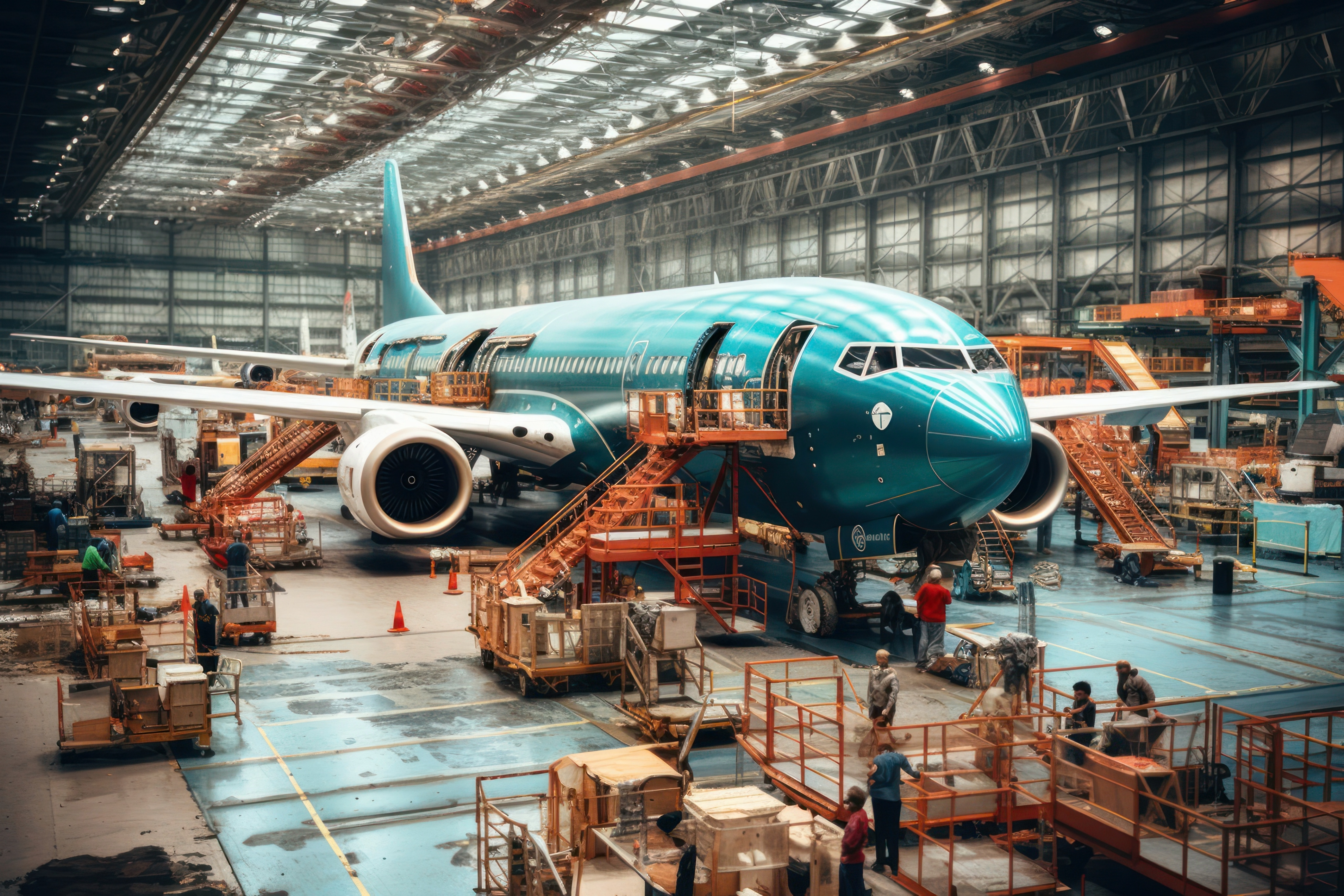Advanced Powder Metallurgy
Powder metallurgy (PM) is a manufacturing process that involves producing components from powdered materials. It includes blending fine powdered materials, pressing them into a desired shape or form (compaction), and then heating the compressed material in a controlled atmosphere (sintering) to bond the particles.

Years of Experience
Manufacture Size
Production Time


Why Powder Metallurgy (PM)
Advanced Powder Metallurgy Solutions
Don’t shy away from using this helpful block to guide your website users to useful pages.
Material Utilization
PM uses nearly all the material, minimizing waste
Complex Shapes
PM can produce complex geometries that would be challenging or impossible with traditional methods.
Enhanced Properties
PM parts often have superior properties like uniformity and specific porosity.
Cost-Effectiveness
PM is economical for large-scale production, reducing costs per unit.
How it works
The Process of Advanced Powder Metallurgy
1.
Powder Production
• Methods: Powders can be produced through various methods such as atomization (gas or water), reduction of oxides, electrolysis, and mechanical alloying.
• Types: Different powders are used depending on the application, including metals like iron, copper, aluminum, and alloys.
2.
Compaction
• Description: The process involves pressing the powder into a mold using mechanical or hydraulic presses to form a coherent shape.
• Types of Presses: Uniaxial presses, isostatic presses, and high-velocity compaction systems are commonly used.
3.
Sintering
• Explanation: Sintering involves heating the compacted part in a furnace below its melting point to bond the particles.
• Equipment: Sintering furnaces can be batch or continuous and may use different atmospheres like vacuum, inert gas, or reducing gas.
• Importance of Atmospheres: Sintering atmospheres prevent oxidation and ensure the integrity of the material.
Applications of Powder Metallurgy

Automotive
Components like gears, bearings, and filters.

Aerospace
Lightweight and high-strength parts.

Medical Devices
Implants and surgical instruments.

Industrial Machinery
Wear-resistant parts and tooling.

Electronics
Magnetic and electronic components.
Powder Metallurgy vs. Traditional Manufacturing
Production Efficiency and Cost-Effectiveness !
Comparison
Unlike traditional methods that cut away material, PM builds up parts from powder, leading to better material efficiency.
Benefits
PM allows for better control over microstructure and properties.
Why Choose Us for Powder Metallurgy?
What is Powder Metallurgy?
Powder metallurgy (PM) is a manufacturing process that involves producing components from powdered materials. It includes steps such as powder production, compaction, and sintering, resulting in precise and high-strength parts. PM is widely used for creating complex shapes and unique material properties that are difficult to achieve with traditional methods.
How is powder produced in Powder Metallurgy?
Powders can be produced through several methods, including atomization (using gas or water), reduction of metal oxides, electrolysis, and mechanical alloying. Each method has its advantages and is chosen based on the material and desired properties of the final product.Don’t shy away from using this helpful block to guide your website users to useful pages. Be the guide that they deserve!
What are the main steps in the Powder Metallurgy process?
The primary steps in the PM process are:
• Powder Production: Creating the base material in powder form.
• Compaction: Pressing the powder into a desired shape using mechanical or hydraulic presses.
• Sintering: Heating the compacted powder below its melting point to bond the particles and achieve the final material properties.
Don’t shy away from using this helpful block to guide your website users to useful pages. Be the guide that they deserve!
What are the advantages of Powder Metallurgy?
• Material Utilization: High material efficiency with minimal waste.
• Complex Shapes: Ability to produce intricate and complex geometries.
• Enhanced Properties: Improved mechanical properties and uniformity.
• Cost-Effectiveness: Economical for mass production, reducing costs per unit.
How does Powder Metallurgy compare to traditional manufacturing methods?
Compared to traditional methods, PM offers better material utilization, the ability to create complex shapes, and generally more efficient production processes. PM is often more cost-effective for high-volume production and can achieve specific material properties that traditional methods may struggle to match.
Why should I choose your company for Powder Metallurgy services?
Our company offers extensive expertise and experience in PM, ensuring high-quality production and adherence to strict quality standards. We provide customized solutions tailored to meet specific customer needs, backed by a commitment to innovation and excellence in the field.

